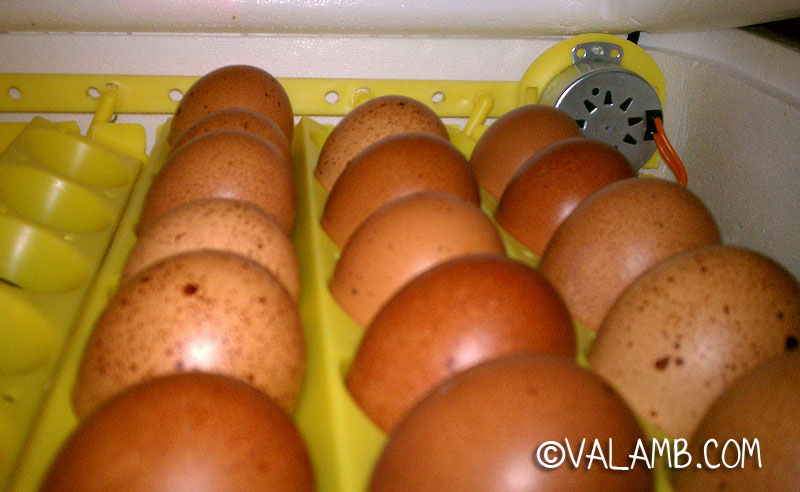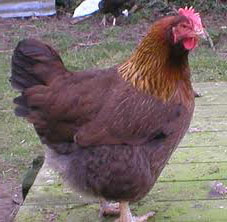The chickens here on the farm are definitely a Mom project. Yes, everyone helps with feeding, watering, and collecting eggs, but I am the one who can sit for hours reading Backyard Poultry magazine or surfing the internet for pictures of chicken tractors. So when we decided to look at making our chicken enterprise more sustainable, I was all over it. I spent hours choosing breeds that would fit our production needs and more hours finding breeders with bloodlines that mirrored our own goals.
For the past ten years, every spring I would pour over the hatchery catalogs, placing my order for pullets (young female birds). Two questions I chose to ignore: First, how close where the chicks I was buying to the original heritage breeds? Think about it. Hatcheries are interested in selling chicks which translates into hens that lay the most eggs. Good when it comes to egg production, but what about other traits, where they being lost? And more importantly what happens to all those male chicks? I didn’t really *want* to think too hard on that question.
So was this sustainable? If our economy as we now know it drastically changed, could I continue raising chickens on the farm without help from outside my local community? Hmm… I didn’t own a rooster and many of my chickens where hybrids at best. Yep, it was time to establish our own breeding flocks.
I set our very first hatching eggs in our brand new incubator (the Hova Bator 1588 Genesis) in early December. Since then I have done twelve batches of eggs, expanded to an incubator and designated hatcher set-up, and purchased the very best eggs I could find from Vermont to Florida, Pennsylvania to British Columbia, Canada. I have hatched out Coronation Sussex, Light Sussex, Rhode Island Reds, New Hampshires, Black & Lavender Ameraucanas, and French Black Copper Marans.
So how’s it going? Let’s see. I have had hatching rates as good as 88% and as dismal as 0% (you read that right, zero%!). Overall my hatch rates run between 55-65%. And it’s a good year for the rooster as roughly 68% of the chicks born have been males. Not exactly what I was hoping for.
As expected, it was definitely cheaper and easier to order my spring chicks from hatcheries. Establishing a quality breeding flock has been a bit tougher than I expected, like taking the long and winding road to an anxious-to-get-there destination. But there is something exciting (borderline addicting) about placing fertile eggs in an incubator and 21 days later having a brood of baby chicks.
So I am back at it again — 19 eggs due to hatch July 21st and 18 more due July 24th. Both of these batches will be Welsummer chicks, a beautiful breed known for their dark speckled eggs.
There are still a few breeds and breeders out there on my purchasing list. Unfortunately with the heat of summer fast upon us, they are going to need to wait until next year. But with any luck, next year I will be hatching out our very own eggs. The next step, finding a broody hen to take over the chore of incubating!

